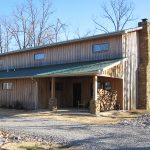Pole Barn Construction Issue
Disclaimer – this is NOT a Hansen Pole Building
Reader ETHAN writes:
“Hello.
I’m wondering if you could help me with a pole barn construction issue. I had a pole barn constructed and the builder installed a damaged piece of metal siding on the peak of the gable end.”


His plan to replace the damaged panel is to undo the screws and carefully replace the panel. He did mention that there is a chance that the black trim around the garage door openings could be bent and or scratched during replacement.

Obviously this is of great concern to me. Is there a better way or more correct way to replace a metal siding panel that is located in the center of a wall? Should the corner trim be removed and the panels between the corner and the damaged panel be removed first, kind of a reverse of the way it was built? I’m looking for any advice as the builder has been uncooperative in performing any corrections to my building which was built a few months ago.
Thank you in advance,
Ethan”
In a past life I was a prolific post frame building contractor. At one point running as many as 35 crews erecting buildings in six states. What you have would never have been acceptable work from any of my crews.
It is your builder’s responsibility to not only replace this panel they never should have installed, but also any trim they damage while doing so.
There are other issues you should be concerned about:
Top and bottom of every steel panel (roof and walls) should have a screw placed on each side of every high rib. Ask your builder to provide you with steel manufacturer’s fastening detail should he balk. This is crucial for proper structural performance of your building.

Ridge cap should not be bent over face of rake trims.

Very poor workmanship on fitment of fly rafter lowers and rake trims (from your photo)

If builder continues to be unresponsive, you can do one or more of these:
File a report with Better Business Bureau
File a complaint with your state’s builders registration authority
File against builder’s bond
Get an estimate for fixes from another builder and take this builder to small claims court
Hire a construction attorney
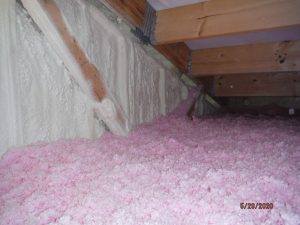 Kudos to you for doing a D-I-Y. Sadly you were lead to a product (Prodex) claiming to be insulation, however in reality it is a condensation control, and only if totally sealed.
Kudos to you for doing a D-I-Y. Sadly you were lead to a product (Prodex) claiming to be insulation, however in reality it is a condensation control, and only if totally sealed. As time allows, remove roof Prodex, have two inches of closed cell spray foam applied to roof steel underside, and increase thickness of blown in attic insulation to R-60.
As time allows, remove roof Prodex, have two inches of closed cell spray foam applied to roof steel underside, and increase thickness of blown in attic insulation to R-60. Last questions. I found a 36×36 square gable vent that has a NFVA of 585. I need 576 on both sides of my building so this vent should be sufficient, correct? Also, with me using the 1/300 ventilation rule the gable vent company who has this vent recommended using a vapor barrier in the attic too. I believe he said that it needs to be no more than 1 perm and to install it on the warm side of the attic. He said this is needed because I’m not using the 1/150 rule. He said if I have 16 sq ft on ventilation instead of 8 I wouldn’t need a vapor barrier. That’s not really an option though. That many gable vents wouldn’t look good. So what do you think? Do I really need a vapor barrier using the 1/300 rule? My roof panels have a felt-like material on the underside of them that I believe is called “drip x”. I was under the impression that this was a vapor barrier and when warm air rises and hits those cold roof panels the “drip x” keeps it from condensing. Do I really need a vapor barrier along the warm side of the attic too? That sounds like overkill to me but I want to do it right too. The plan is to fully finish the inside of my outbuilding eventually with a ceiling that will be white ribbed panels with a r-38 blown in fiberglass. I only plan on heating the building to about 55-60 degrees and that’s only if I’m out there working. The thermostat will be set to 45-50 if I’m not out there. Also, this outbuilding doesn’t currently have air conditioning but I may consider adding it down the road. You’ve been a big help so far. Thank you and I look forward to your response. “
Last questions. I found a 36×36 square gable vent that has a NFVA of 585. I need 576 on both sides of my building so this vent should be sufficient, correct? Also, with me using the 1/300 ventilation rule the gable vent company who has this vent recommended using a vapor barrier in the attic too. I believe he said that it needs to be no more than 1 perm and to install it on the warm side of the attic. He said this is needed because I’m not using the 1/150 rule. He said if I have 16 sq ft on ventilation instead of 8 I wouldn’t need a vapor barrier. That’s not really an option though. That many gable vents wouldn’t look good. So what do you think? Do I really need a vapor barrier using the 1/300 rule? My roof panels have a felt-like material on the underside of them that I believe is called “drip x”. I was under the impression that this was a vapor barrier and when warm air rises and hits those cold roof panels the “drip x” keeps it from condensing. Do I really need a vapor barrier along the warm side of the attic too? That sounds like overkill to me but I want to do it right too. The plan is to fully finish the inside of my outbuilding eventually with a ceiling that will be white ribbed panels with a r-38 blown in fiberglass. I only plan on heating the building to about 55-60 degrees and that’s only if I’m out there working. The thermostat will be set to 45-50 if I’m not out there. Also, this outbuilding doesn’t currently have air conditioning but I may consider adding it down the road. You’ve been a big help so far. Thank you and I look forward to your response. “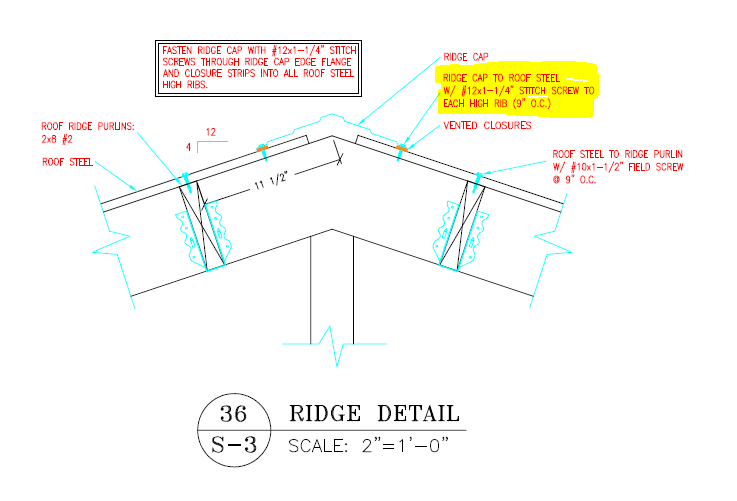

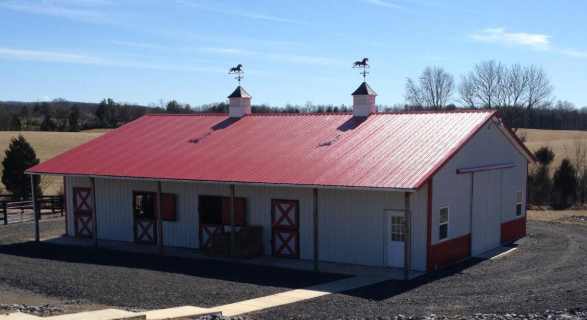
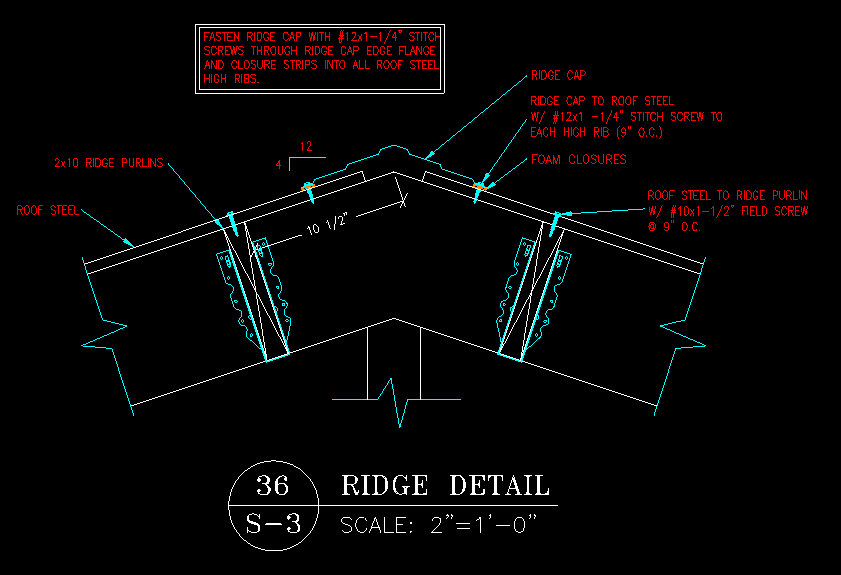 Well, it turns out it was worse than originally imagined, as Ryan wrote back:
Well, it turns out it was worse than originally imagined, as Ryan wrote back: My wife’s roof had only a single layer of shingles. If I had more than a single layer I would scrape them off as it would potentially overload your roof trusses or rafters.
My wife’s roof had only a single layer of shingles. If I had more than a single layer I would scrape them off as it would potentially overload your roof trusses or rafters.
 DEAR TALLY: Yes, however they all look the same – an outline of the perimeter of the building. What we provide are the engineered plans and materials for the structural portions of your building, the parts which hold it up against climactic conditions like wind, rain, snow and seismic occurances. Unless asked for specifically (or for cases such as supporting multiple floors) post frame buildings are open clearspans. This allows for nonstructural interior walls to be placed wherever is most convenient for your use. The beauty of this is – you can always reposition a wall at a later date, without structurally compromising your building.
DEAR TALLY: Yes, however they all look the same – an outline of the perimeter of the building. What we provide are the engineered plans and materials for the structural portions of your building, the parts which hold it up against climactic conditions like wind, rain, snow and seismic occurances. Unless asked for specifically (or for cases such as supporting multiple floors) post frame buildings are open clearspans. This allows for nonstructural interior walls to be placed wherever is most convenient for your use. The beauty of this is – you can always reposition a wall at a later date, without structurally compromising your building.